High heels are footwear with raised heels, as the name suggests, to lift the back of the foot off the ground.
Heels come in a wide range of styles, from wedges to pumps and stilettos, and a range of heel heights- they can be anywhere from 1 to 8 inches (though the latter height should only be worn by a seasoned pro).
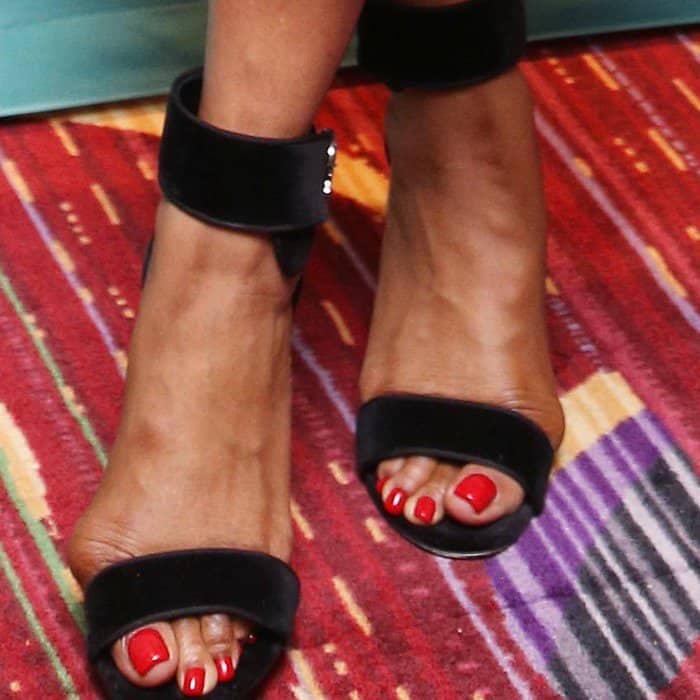 Naomi Campbell’s feet in black velvet ankle-strap sandals showcase her red pedicure while highlighting the strain high heels can place on feet, as visible by her pronounced bunions (Credit: WENN)
Naomi Campbell’s feet in black velvet ankle-strap sandals showcase her red pedicure while highlighting the strain high heels can place on feet, as visible by her pronounced bunions (Credit: WENN)
Overall, the average heel height lands at around 3 inches. High heels are a common fashion choice for women, especially for special occasions. However, some women wear them far more often than that—here’s what happens if you wear them regularly.
6 Surprising Benefits of Wearing High Heels
High heels are a stylish and versatile fashion choice that can elevate your look and provide several unique benefits. From enhancing your confidence to refining your posture, here’s what you can gain by slipping into a pair of heels.
1. Boost Your Height With Confidence
High heels can make you significantly taller. They can easily add a couple of extra inches to your height corresponding with the heel height, which is a short woman’s best friend – though that’s not to say tall women can’t also enjoy heels.
2. Enhance Your Posture Instantly
Beyond just the additional height, high heels also tend to push your torso forward, which automatically encourages your shoulders and upper back down, thereby improving your posture.
Proper posture is an excellent way to appear taller and more confident to everyone you meet.

3. Create a Flattering Back Arch
Wearing high heels causes your torso to lean forward, which creates a more pronounced arch in your back than usual.
If you want to meet someone new at the bar or club, arching your back may be a good bet—studies have shown that an arched back is more attractive to men.
4. Attract Attention With Grace
When wearing heels, men are more likely to notice your arched back in the first place.
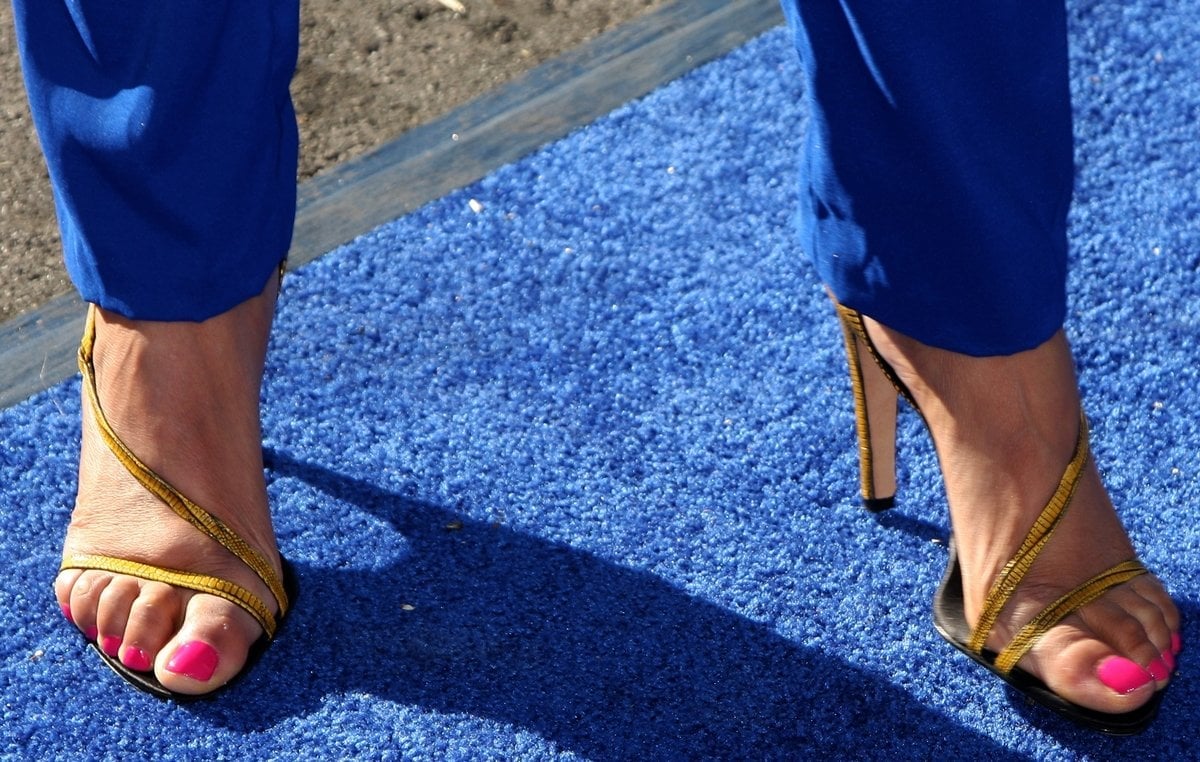
High heels have been marketed for many years as a seductive fashion choice, and research has discovered that men do indeed pay more attention to women wearing high heels than to women wearing other shoe choices.
5. Stay Stylish With High Heels
While high heels often attract men, that isn’t the only reason to wear them. Many women wear heels to be fashionable, either to fit in with other women or simply for themselves.
Whether you’re going to an intimate dinner party or a bustling club, high heels will rarely – if ever- be frowned upon.
6. Make an Impression at Work
In some workplaces, high heels are often considered mandatory or strongly encouraged beyond just social norms. For example, the restaurant industry often encourages female hosts, servers, and bartenders to wear high heels during their shifts.
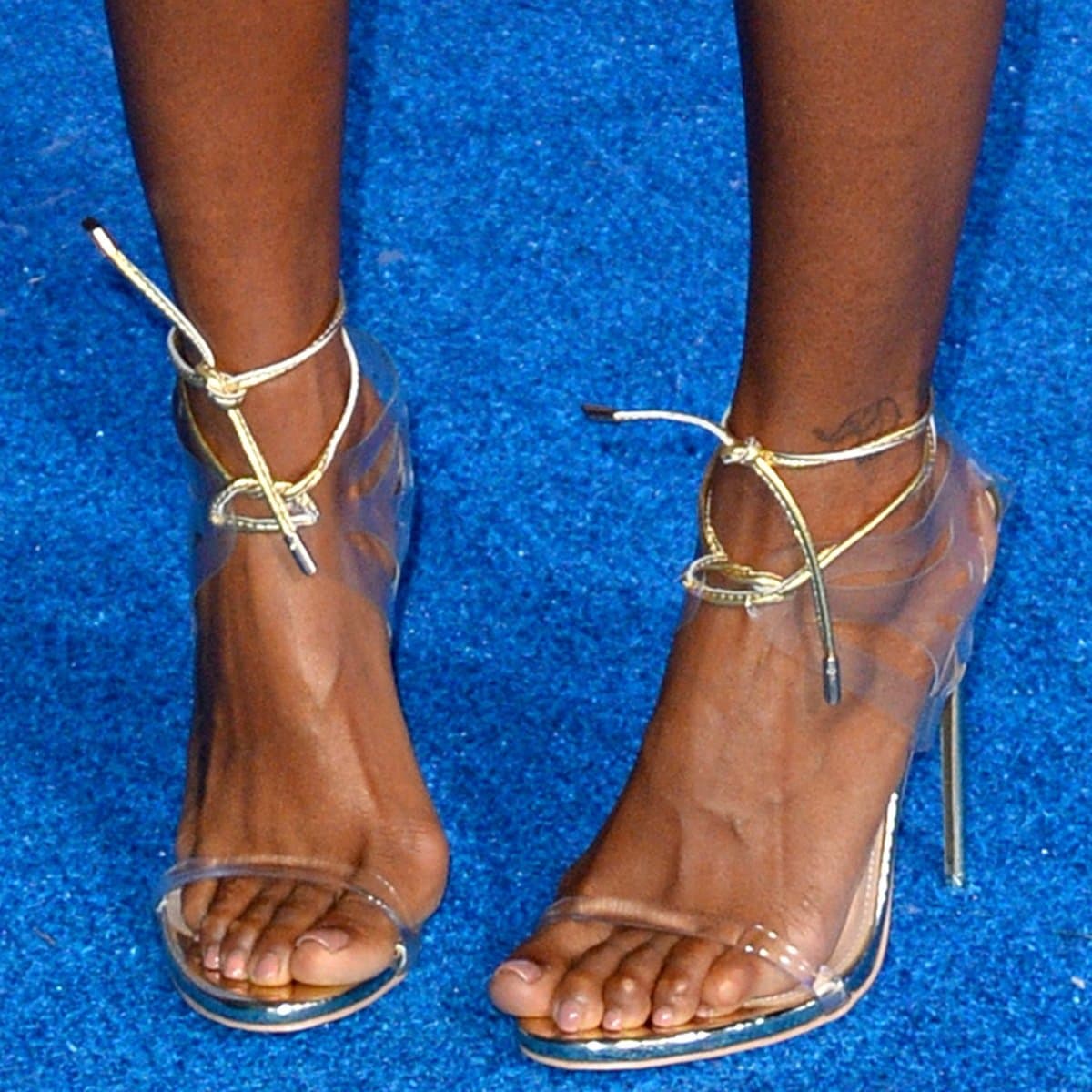
However, it is important to note that there has been significant pushback against mandatory heels for women in recent years – if you truly don’t want to wear heels at work, it’s very unlikely that they’ll be able to force you.
8 Health Risks of Wearing High Heels
While wearing high heels can be enjoyable, there are also definite risks.
While most of these risks primarily affect individuals who wear heels regularly, such as daily at work, even occasional high heel wearers should be mindful of the potential impact on their feet and overall health.
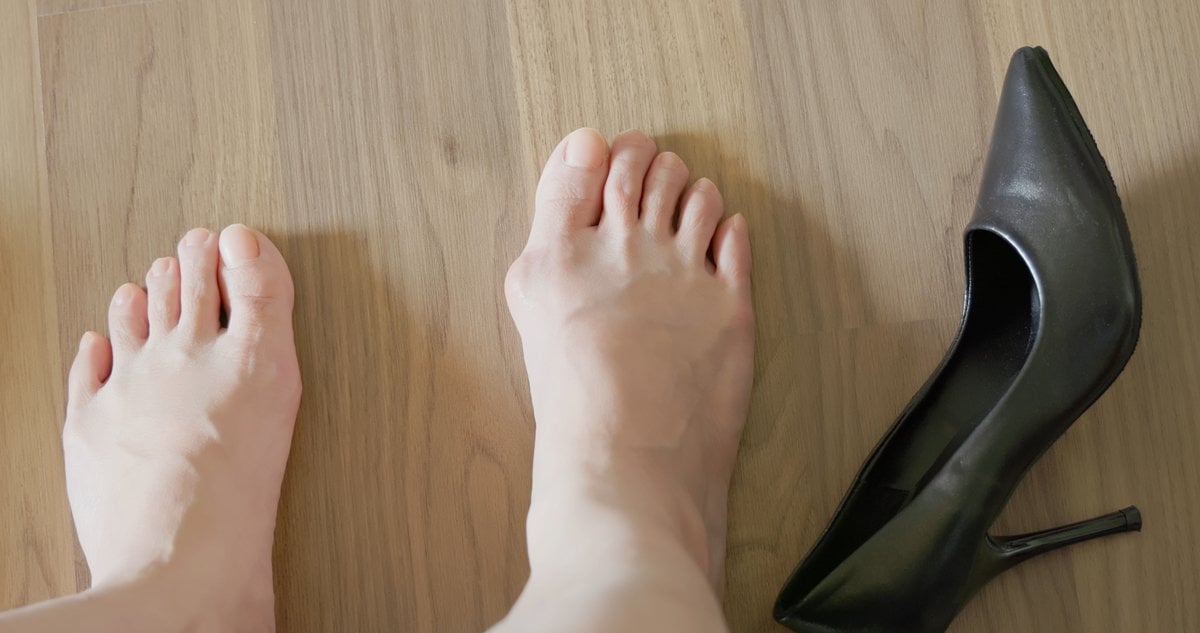
Nearly your entire lower body can be affected by issues caused by high heels.
1. How High Heels Can Cause Back Pain
While high heels can temporarily improve posture and increase your back arch, this forced position can cause significant back problems. Eventually, it can contribute to arthritis and misaligned spinal joints.
2. Why Heels Lead to Foot Pain
To state the obvious, forcing your foot into an unnaturally elevated position isn’t comfortable. Any woman who’s ever worn heels knows these effects can be felt after just a few short hours or even a few minutes if your heels are particularly cruel.
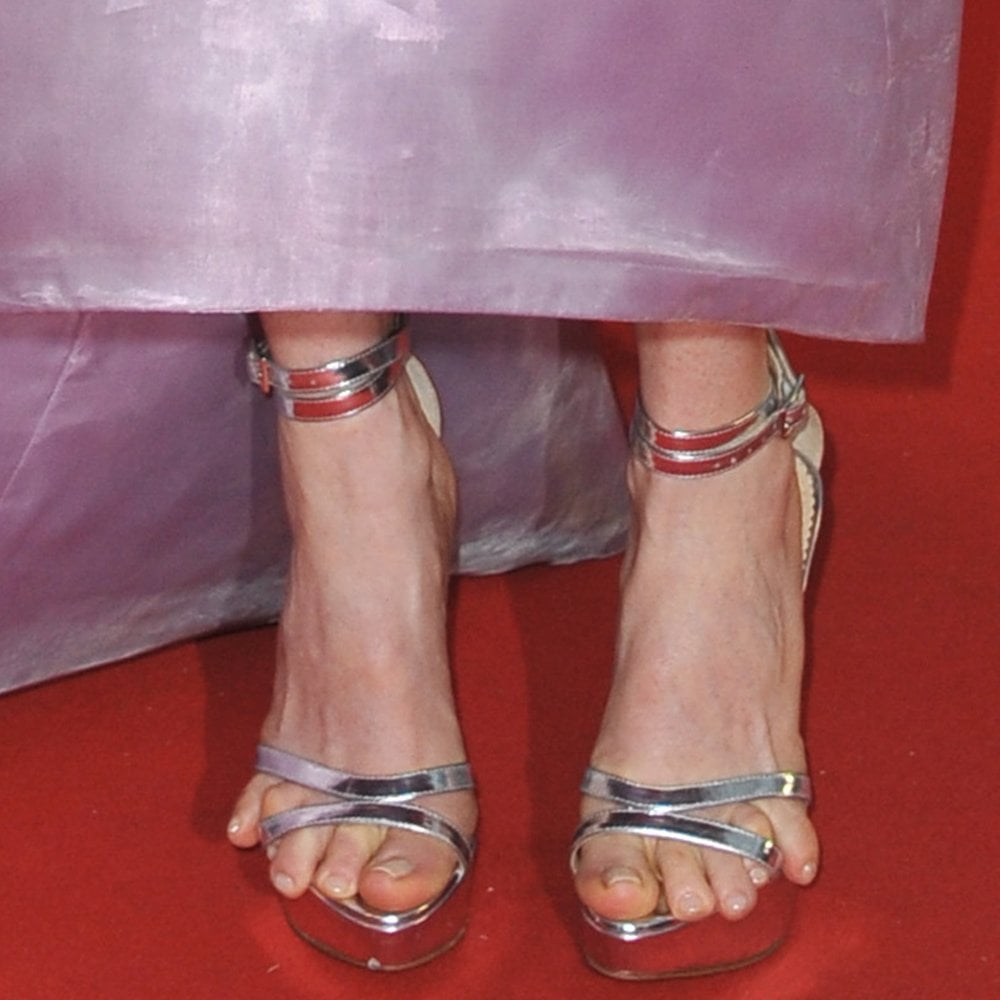
Not only can heels cause pain during wear, but that pain can be compounded through regular wear and stay even after you take the heels off.
3. Knee Stress From Wearing Heels
High heels increase the distance between the floor and your knees and cause your knees to remain flexed for longer than usual. Both of these things put unnecessary pressure on your knees, which can lead to long-term injury and arthritis.
4. Damage to Feet and Toes
While high heels can make your feet look beautiful in shoes, they can wreak havoc on the look of your bare feet.
Not only can heels cause ingrown toenails and significantly damage your pinky toe, but they can also cause bunions and curled toes due to the squeezing and pressure your toes face in heels.
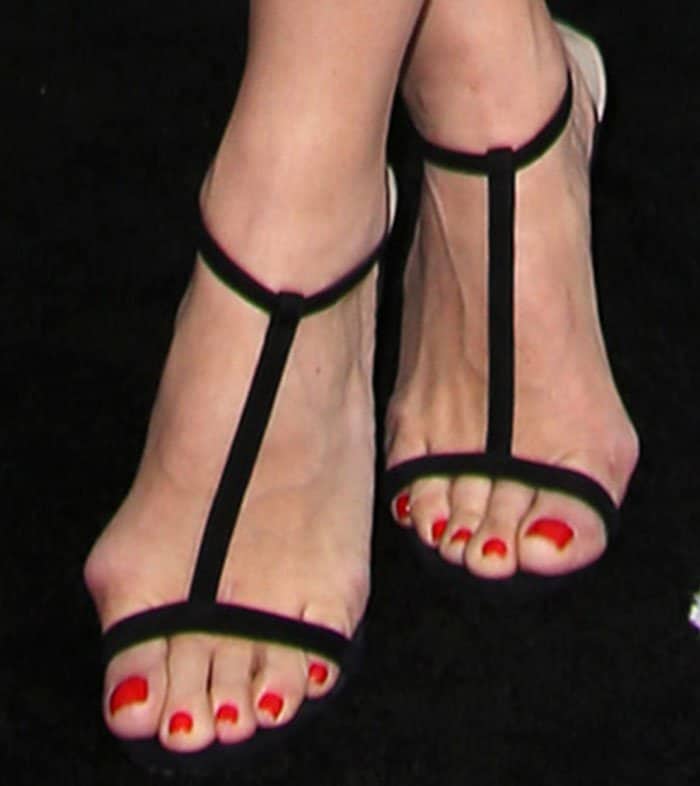
5. Increased Risk of Ankle Injuries
Wearing heels lifts your ankles farther off the ground than they naturally are, which increases your risk of tripping and twisting your ankle.
The higher the heel, the bigger the risk. Over time, they can also limit your foot and ankle mobility, making you even more susceptible to injury.
6. Shortened Achilles Tendon: A Hidden Danger
When wearing heels on a regular basis, your Achilles tendon is forced into a shortened position for an extended period of time. Because our bodies are experts at adapting, the Achilles tendon learns to remain in this shortened position.
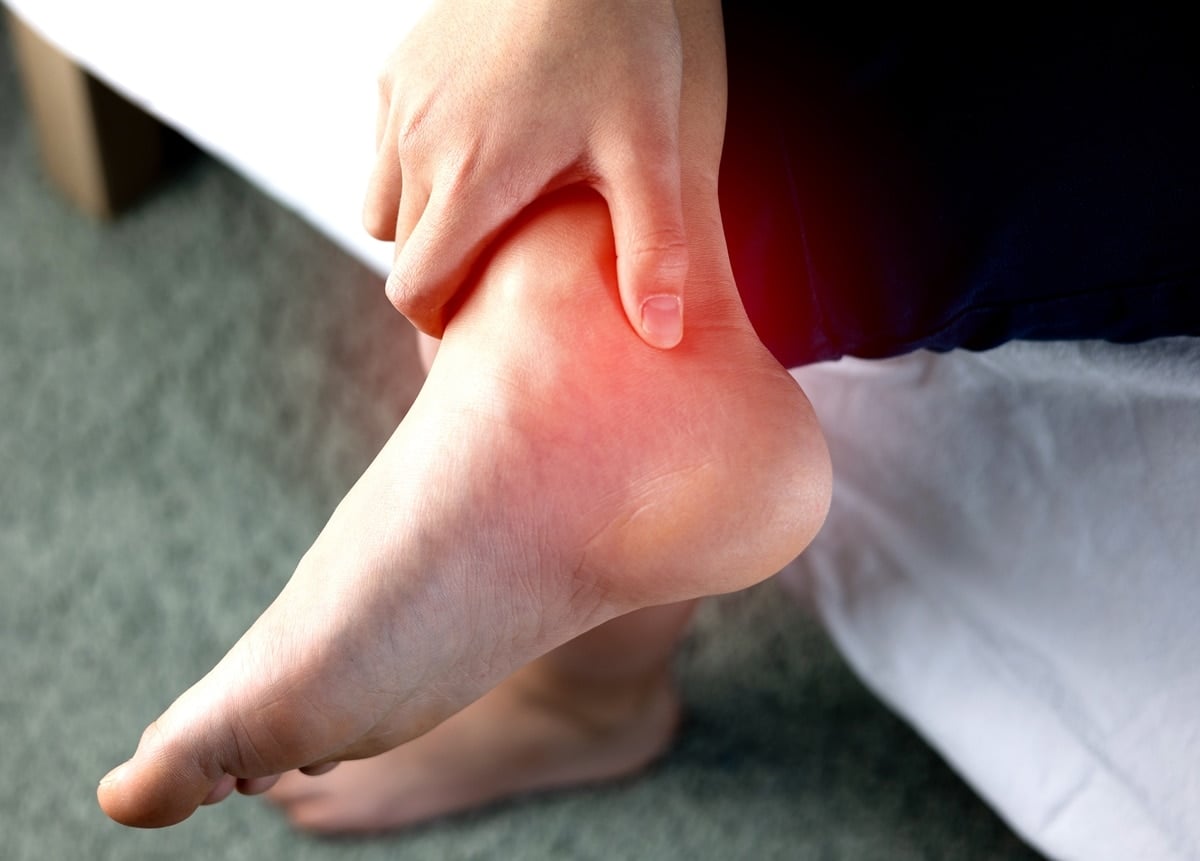
This can eventually cause pain for heel wearers when they aren’t wearing heels since the Achilles tendon feels too tight in bare feet or regular footwear.
7. Loss of Flexibility Over Time
When wearing heels, you have to adjust your walking style —your steps are shorter, and your foot doesn’t move as much. This can lead to a significant loss of flexibility over time, which eventually affects flexibility even when you take off the heels.
8. Decreased Physical Activity Due to Pain
Because of the pain and loss of flexibility that wearing heels can cause (even in the short-term and with infrequent use) while wearing heels, you’re less likely to engage in physical activity.
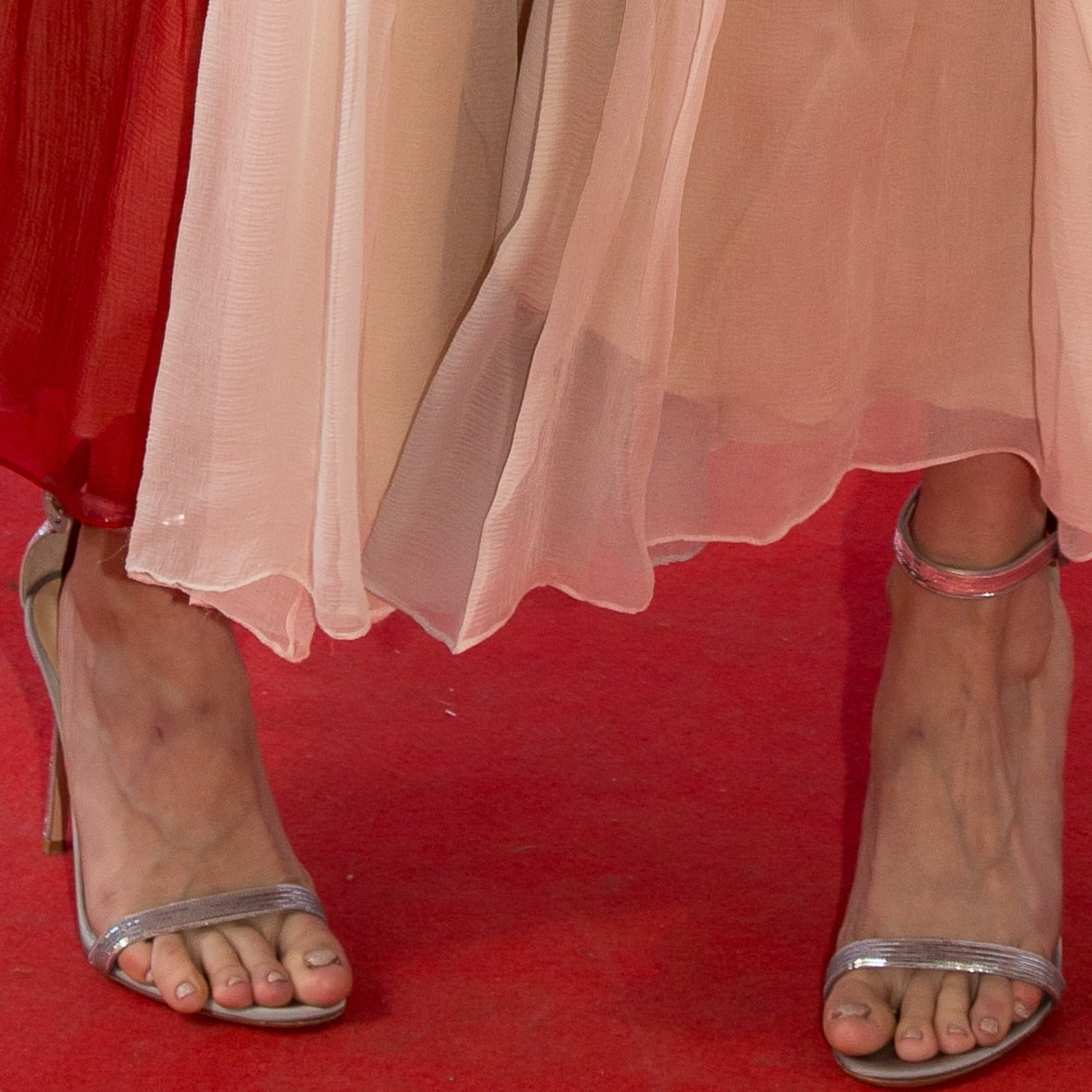
Even a short walk to the grocery store can seem daunting when every step hurts. Over time, this can affect one’s overall fitness level, which can lead to a host of other health issues.
How to Wear High Heels Safely: Expert Tips
Despite the issues with heels, they are still a very popular shoe choice. If you’re going to partake, here’s how to minimize the risks and enjoy wearing any shoe you please.
1. Master the Art of Walking in Heels
When walking in heels, you have to adjust your method- walking the same way you do in sneakers is going to be painful and plain awkward.
Take shorter strides and walk heel-to-toe, not the other way around. Ensuring your heel is the first thing to hit the ground will make you much more graceful and less likely to fall.

2. Stretch to Prevent Injuries
To combat the shortened stride and lack of mobility associated with heels, stretch before you wear heels to warm up your muscles. This will also reduce your likelihood of tripping and twisting your ankle.
3. Build Strength to Support Heel-Wearing
If you regularly wear heels, you need to exercise regularly (in normal shoes, of course) to strengthen your core. Having a strong core and engaging those muscles while walking will help minimize the impact on your back over time.
4. Opt for Comfortable Yet Stylish Heels
You don’t have to wear six-inch stilettos to enjoy wearing high heels. Thicker heels such as wedges, platforms, or pumps will help stabilize you and make walking easier.
Lower heels, such as those between 1-3 inches from comfortable shoe brands, will have the same effect.
5. Limit Heel Use to Reduce Pain
Even if you must wear heels regularly, you can still try to minimize the time you spend wearing them throughout the day.
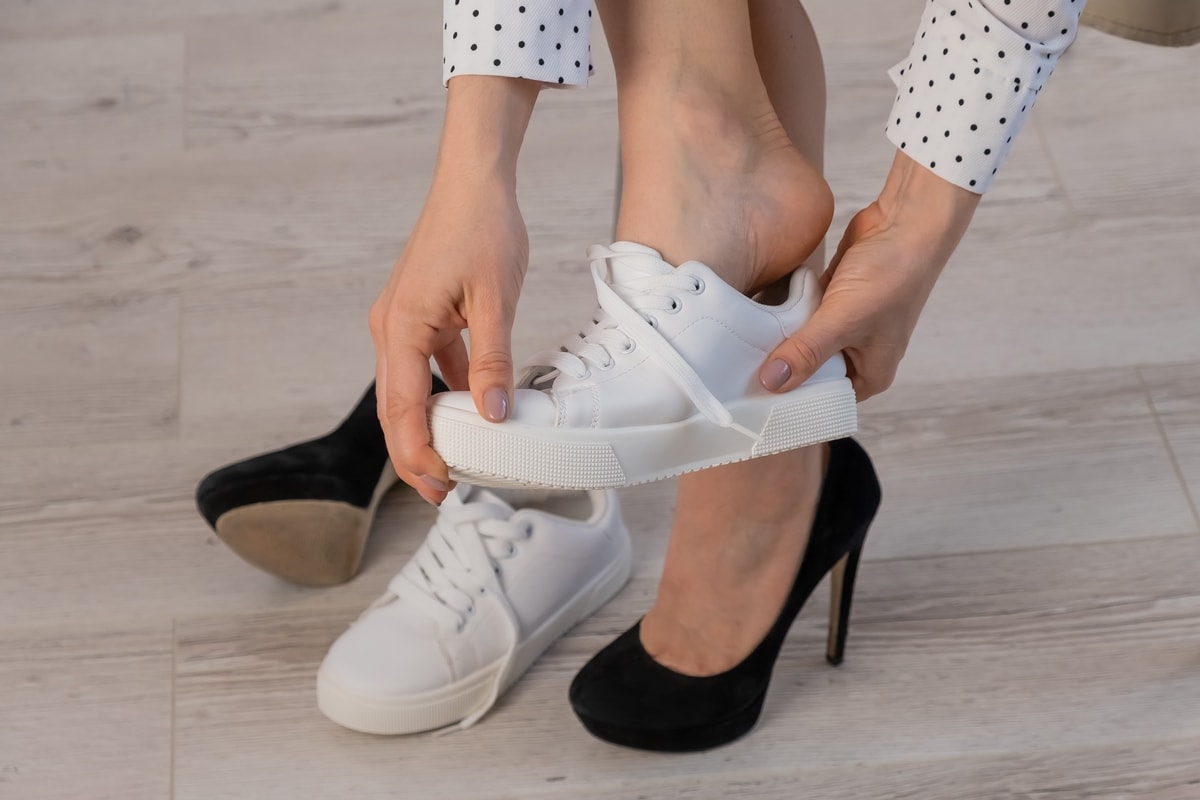
For example, wear a regular pair of sneakers or flats on your walk to and from work, and simply slip your heels on right before you head into the office.
This will help you wear all the stylish heels you want while minimizing the long-term impacts they create.

In the season finale of the American satirical television sitcom 30 Rock, Jack Donaghy (Alec Baldwin) says that his girlfriend Avery Jessup always wears high heels because, according to her, “flats are for quitters.”
Women have varying reasons for wearing and not wearing heels, but the well-known fact remains that high heels not only make you taller but also make your legs look longer and the way you walk a little sexier.
Some women (and even some men) take advantage of these benefits on a daily basis, but do they outweigh the consequences of wearing high heels every day?
An article in The Economist reports on the results of a study conducted by Marco Narici of Manchester Metropolitan University in Britain on what happens to the legs and feet of people who wear high heels all the time:
1. Shorter Calf Muscles
Your calf muscles get shorter and become permanently contracted from being held in a shortened position for a long time.
2. Changes to Muscles
Although they do get shorter, your calf muscles do NOT become necessarily smaller because your Achilles’ heel compensates for the loss in force.
3. Pressure on the Achilles Tendon
This, in turn, causes your Achilles tendon, which connects the calf to the heel, to become significantly thicker and stiffer compared to those who don’t wear heels.

So, what should people who love wearing high heels do? They should try regular stretching exercises, wear corrective insoles, and trade in the high heels for flat shoes from time to time.

If not, the repercussions are terrible: Victoria Beckham has gone on record saying she hates and cannot walk in flats.

According to some reports, Victoria has undergone foot surgery to remove bunions that have grown on her feet due to wearing heels all the time.
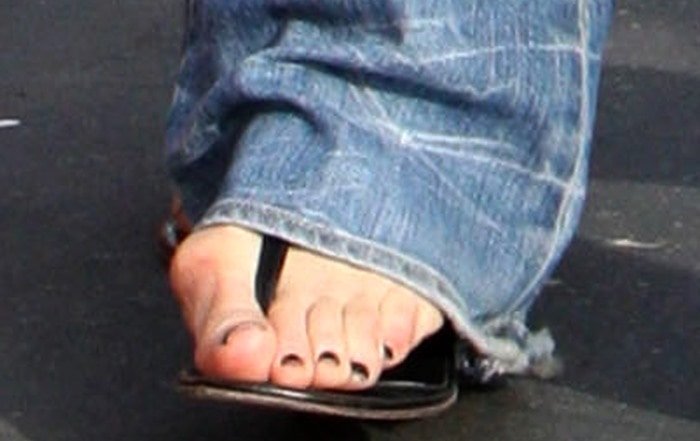
However, she is far from the only celebrity suffering from foot bunions.
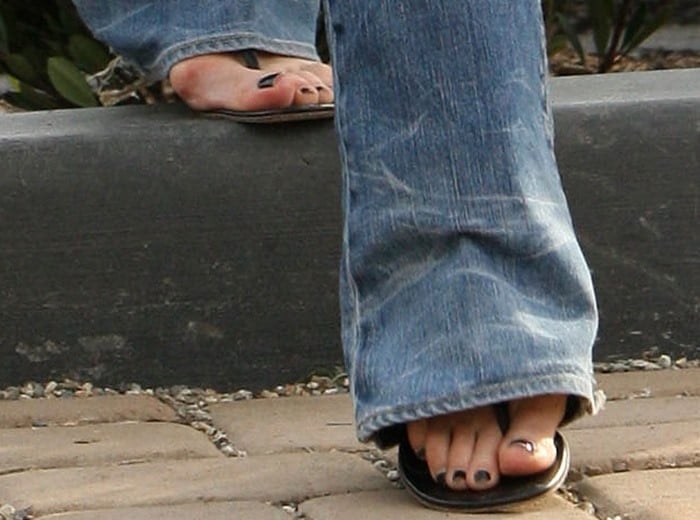
Which do you find more hurtful: wearing heels or flats (which is equal to ugly shoes for some people!)?
High heels are a timeless fashion staple, offering both aesthetic appeal and potential health considerations. For readers interested in exploring the wide variety of styles, check out our guide on the different types of high heels and their unique features. If you’re curious about the latest trends, discover what’s currently popular in high heel fashion.
For those concerned about foot health, learn more about the risks associated with wearing high heels and how to minimize them. And if you’re looking for practical tips, find advice on wearing high heels comfortably and safely to keep your feet happy and stylish.
